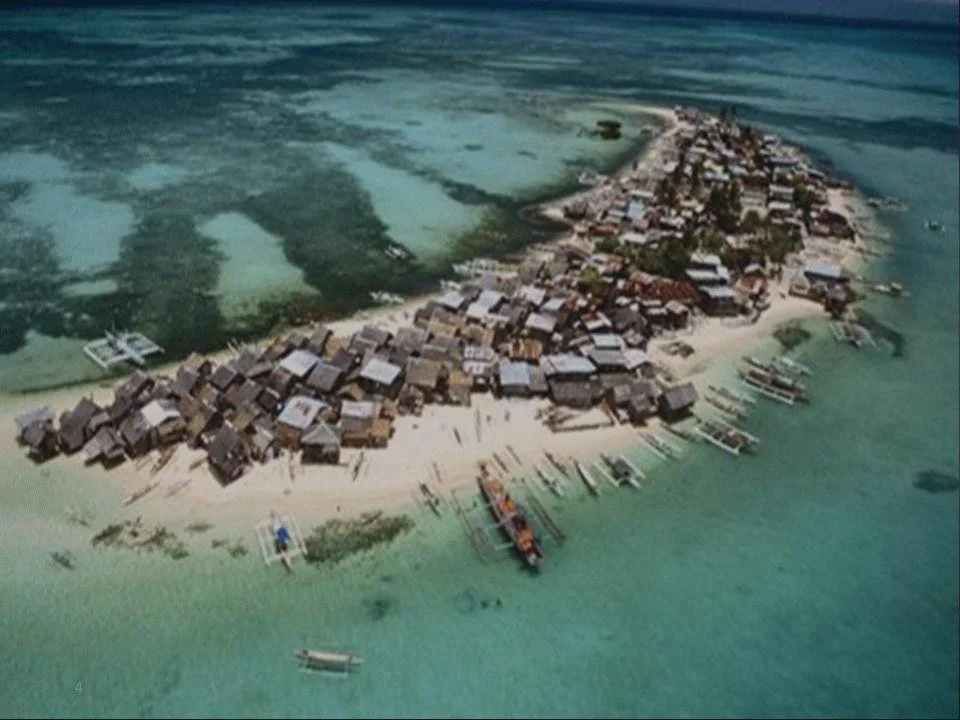PROBLEM OF ACCESS
Despite the best efforts of the electricity sector, around 20 million Filipinos currently live in unelectrified and poorly electrified areas. Without access to electricity, daily chores are more difficult, and livelihood, health, education, and security are adversely affected. As a result, tens of thousands of communities are deprived of the ability to develop economically and eventually escape poverty.
At HSSi, we frame the problem not as a shortage of existing solutions, but as an issue of sustainable access.
WHO IS AFFECTED
Families and Mothers
Families spend 10% of their monthly income on kerosene. Not only is kerosene a drain on their potential livelihood, it is also a safety hazard to families, causing severe burns and releasing poisonous fumes. Adding a safe, clean source of light could immensely benefit their wellbeing and also help them save money.
Small Business Owners
Without any electricity to provide light after the sun goes down, small business owners are forced to close down their shops at night. If equipped with a safe source of light, small business owners could greatly increase their livelihood.
Farmers and Livestock Owners
Without an effective source of light, farmers are unable to protect their crops at night, leaving them vulnerable to pests and larger predators. This significantly reduces the productivity, income, and safety of farmers. Having a light could help farmers scare away animals attacks, allowing for a fuller harvest.
Craftspeople
Like small business owners, craftspeople have to stop working once the sun goes down. A reliable source of light could dramatically increase the amount of hours available to work, thereby increasing income.
Fisherfolk
Fisherfolk have to buy large amounts of kerosene on a daily basis to attract fish at night. With a solar-powered light, they could save money, increase their catch, and eliminate the risk of burns and fires.
School children
Depending on the amount of natural light, it is often difficult to read and teach in a classroom with little light. A well-lit classroom would provide students with a more conducive environment for learning.
CAUSES OF ACCESS GAP
From our experience, a number of critical barriers combine to slow the spread of innovative solar technologies through market-based mechanisms, creating an “Electricity Divide.” These include:
Low market awareness and levels of trust in solar technology
Low availability of appropriate technologies designed specifically for rural customers
Absence of financing to overcome (relatively) high up-front acquisition costs
Inadequate product training and familiarity leading to improper use and eventual product failure
Lack of trained technicians, spare parts, and service centers for installing and repairing solar equipment




